Battle of the Beef: Bone-in Steak Vs. Boneless Steak
To bone or not to bone. That is the question. It's a tomahawk sized conundrum that grill masters, chefs, and home cooks have been toiling over for centuries. Ok, maybe just for decades, but you get the point.
Many purists and steak aficionados insist the bone adds flavor and depth to one's steak. Others think it's a myth drawn up by steak enthusiasts that haven't lifted a spatula or tongs themselves.
Let's match up these two types of cuts and see if we can answer this age old question.
The Bone-In Steak
Many steak connoisseurs and chefs say bone-in steaks have more flavor because the bone marrow transfers flavor to the meat.
Inside every bone is a substance called marrow. In steaks, marrow is either red or yellow. Yellow bone marrow is incredibly flavorful and surprisingly under-utilized.
The difference between red vs yellow bone marrow is the fat content. Both contain stem cells that create blood cells for the cow. Red bone marrow consists mainly of stem cells and creates blood cells. Yellow bone marrow consists mostly of fat and produces bone and cartilage cells.
Bone-in advocates claim that when you cook steak, the yellow marrow seeps into the meat, adding a creamy, buttery flavor.

The Boneless Steak
Those on the other side of the debate aren't against bone-in steaks. They just believe that boneless tastes equally delicious. They claim that bones are too hard and impenetrable for the marrow to seep out and impact the meat's flavor.
Boneless steaks are easier to evenly grill and cut up for serving and eating. They are 100% meat so everything you are paying for you can eat. Boneless enthusiasts make the argument that you are paying for a bone that is all for show.

The Match-Up
Mr. Steak decided a taste test was in order to make a final determination.
For the bone-in steaks he grilled a 24oz Porterhouse (half strip/half filet mignon), 20oz Bone-In Ribeye, and 20oz Bone-In Strip steak.
For the boneless steaks he grilled a 16oz boneless ribeye, a 14oz boneless New York Strip, and a 10oz Filet Mignon.
Don't worry he did not attempt to eat 104 oz of steak in one sitting... He broke it up into two. Just kidding, we had a whole team of qualified taste testers that assisted in the process.
The Consensus
It was impossible to tell the difference between the bone-in and boneless cuts. They both tasted spectacular. All steaks were USDA Prime and grilled to perfection at medium rare to medium.
Mr. Steak determined that there are a few other things that are much more impactful on flavor. The quality of meat, proper thawing, and grilling steaks to medium rare or medium contribute directly to the texture and taste. (For more grilling tips, dive into Mr. Steaks 10 Commandments of Steak blog).
And so you have it, the choice between bone-in and boneless is about grilling/dining experience and presentation, not taste. A bone-in steak will hold its shape slightly better and offer the opportunity to gloriously gnaw on the bone. Many steak lovers find this to be a coveted pastime.
On the flip side, the boneless steak is easier to grill and slice up. Additionally, you only pay for the meat. This means you don't have to pay for extra bone that you can't eat.

The Final Word
Experiment, explore and determine which cut you prefer! It's all a matter of personal preference and you really can't go wrong either way. Just make sure your steaks are USDA Prime and come from a quality source like Mr. Steak.
The quality, preparation and cooking of the steak is much more influential on the outcome of the steak. If you cook a USDA Prime steak, properly thaw and season it, like Mr. Steak, it will taste unbelievable.
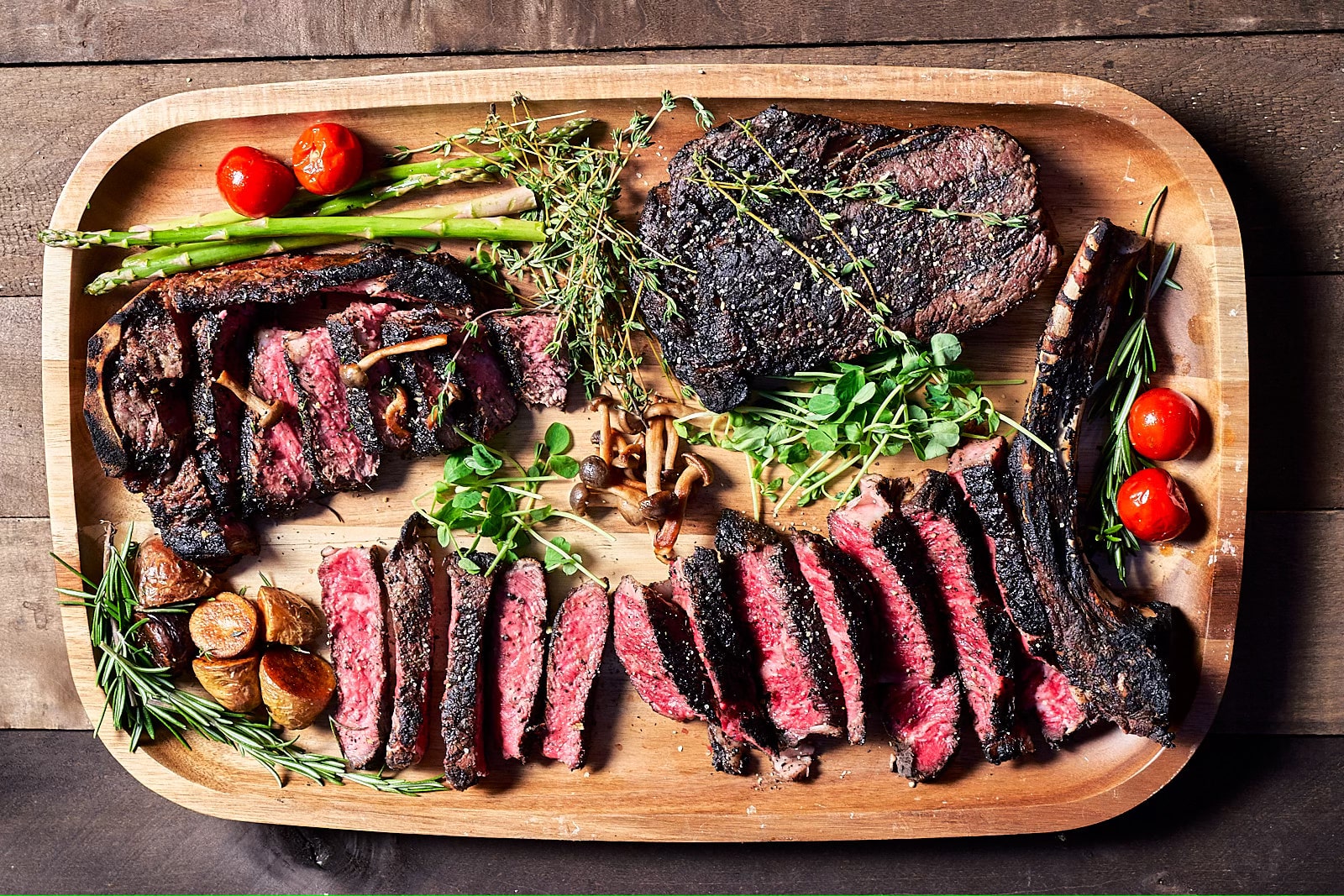
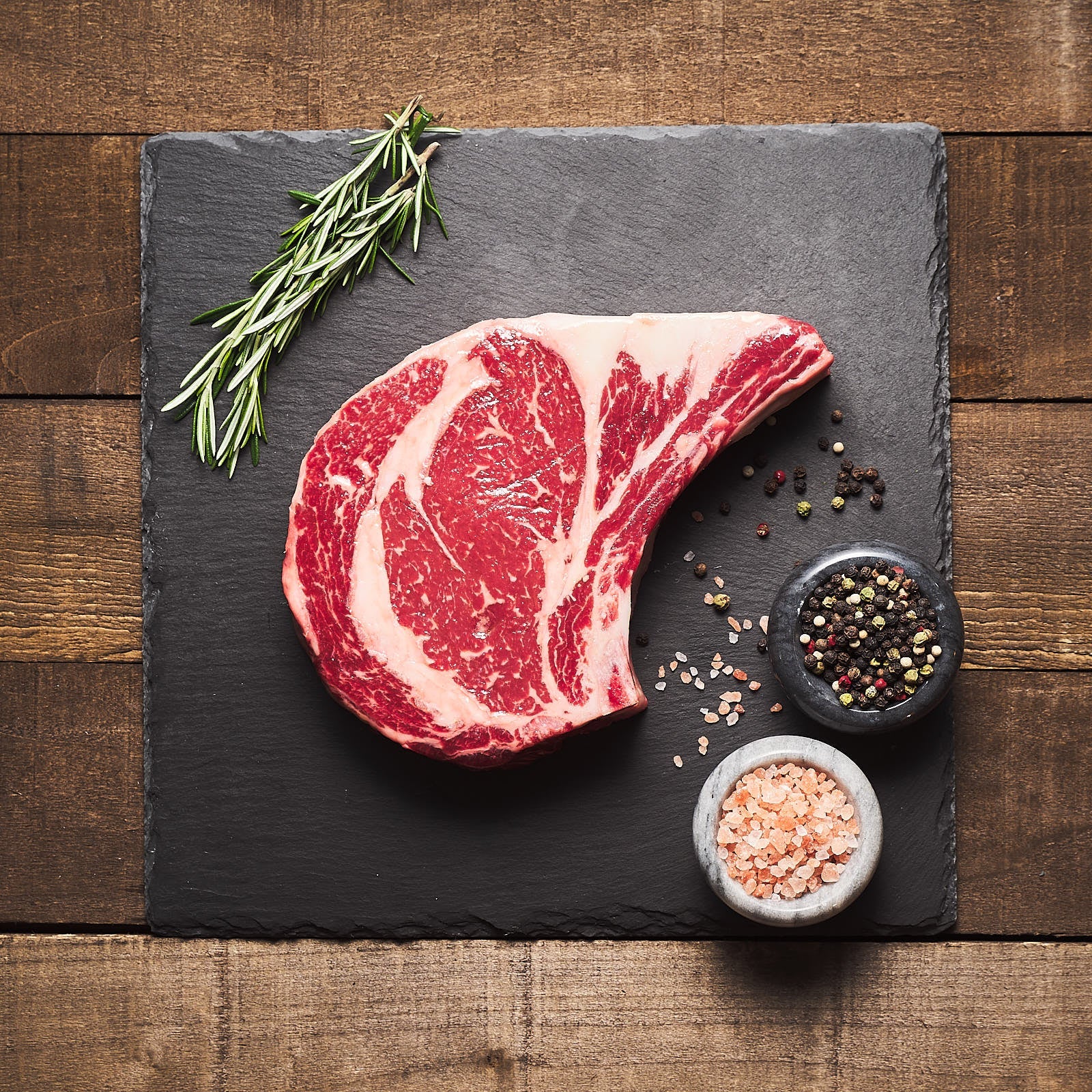
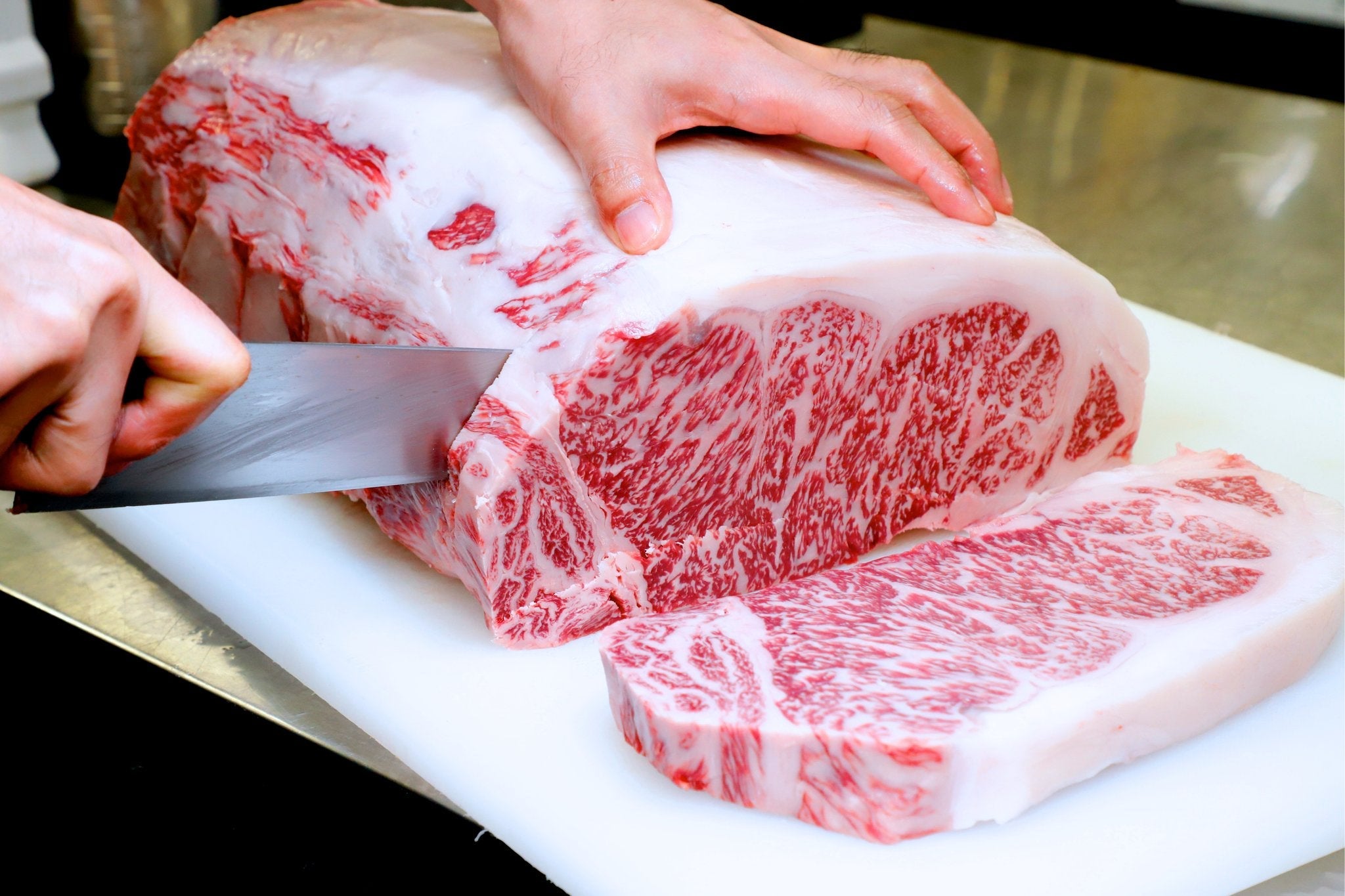

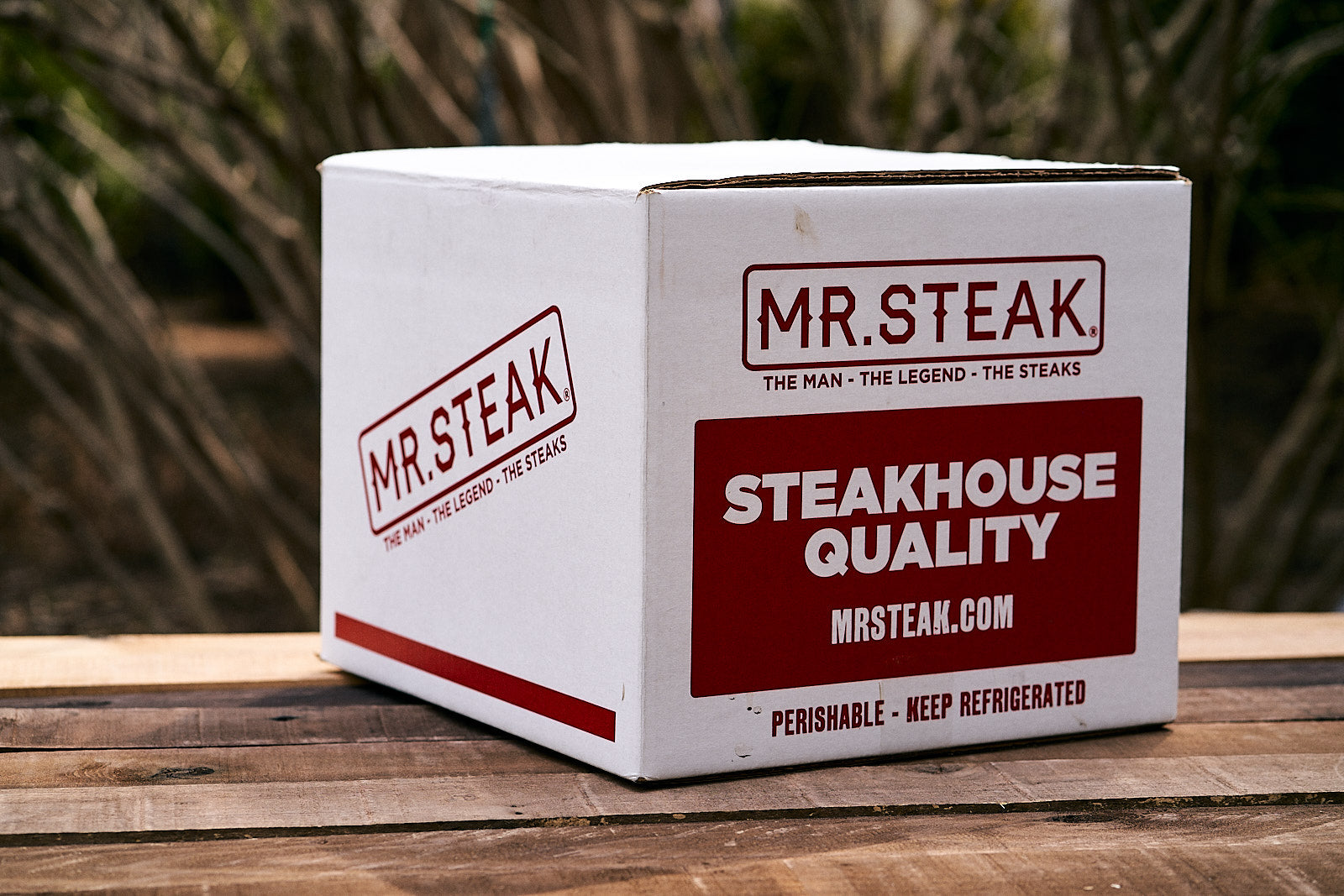




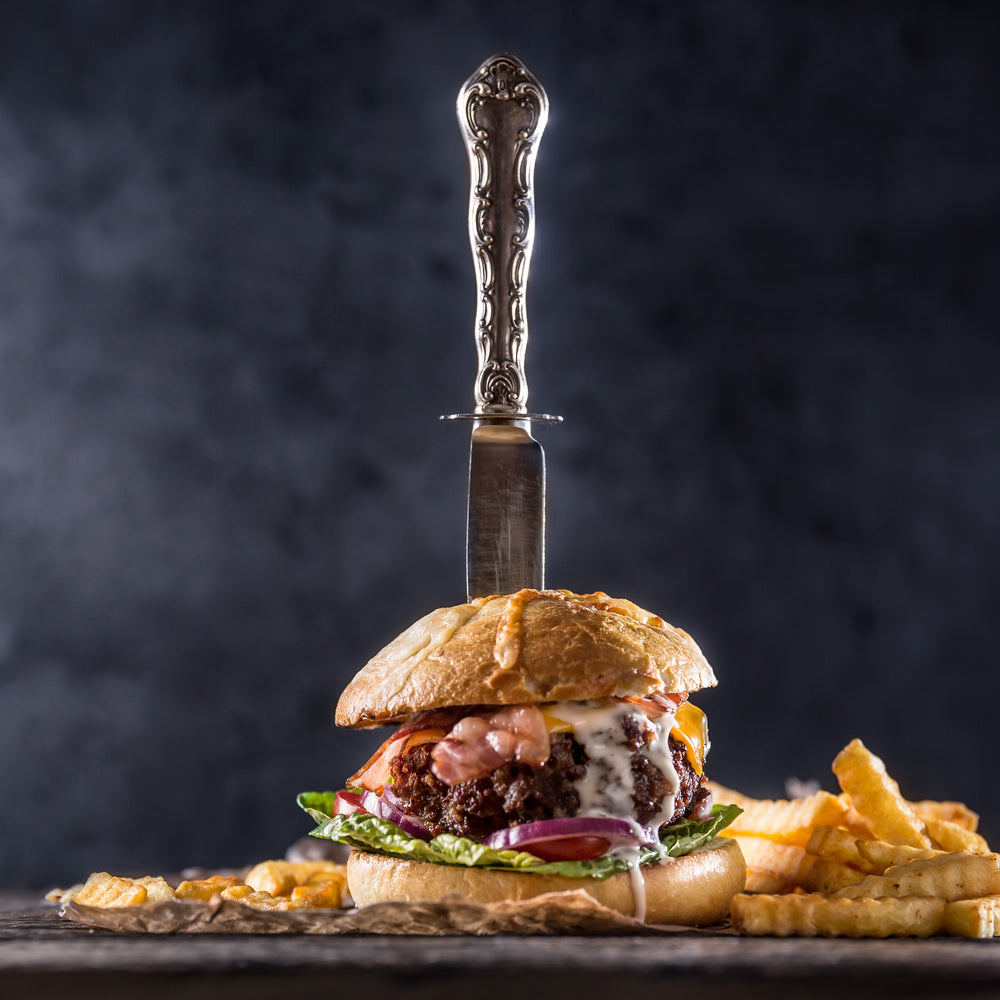
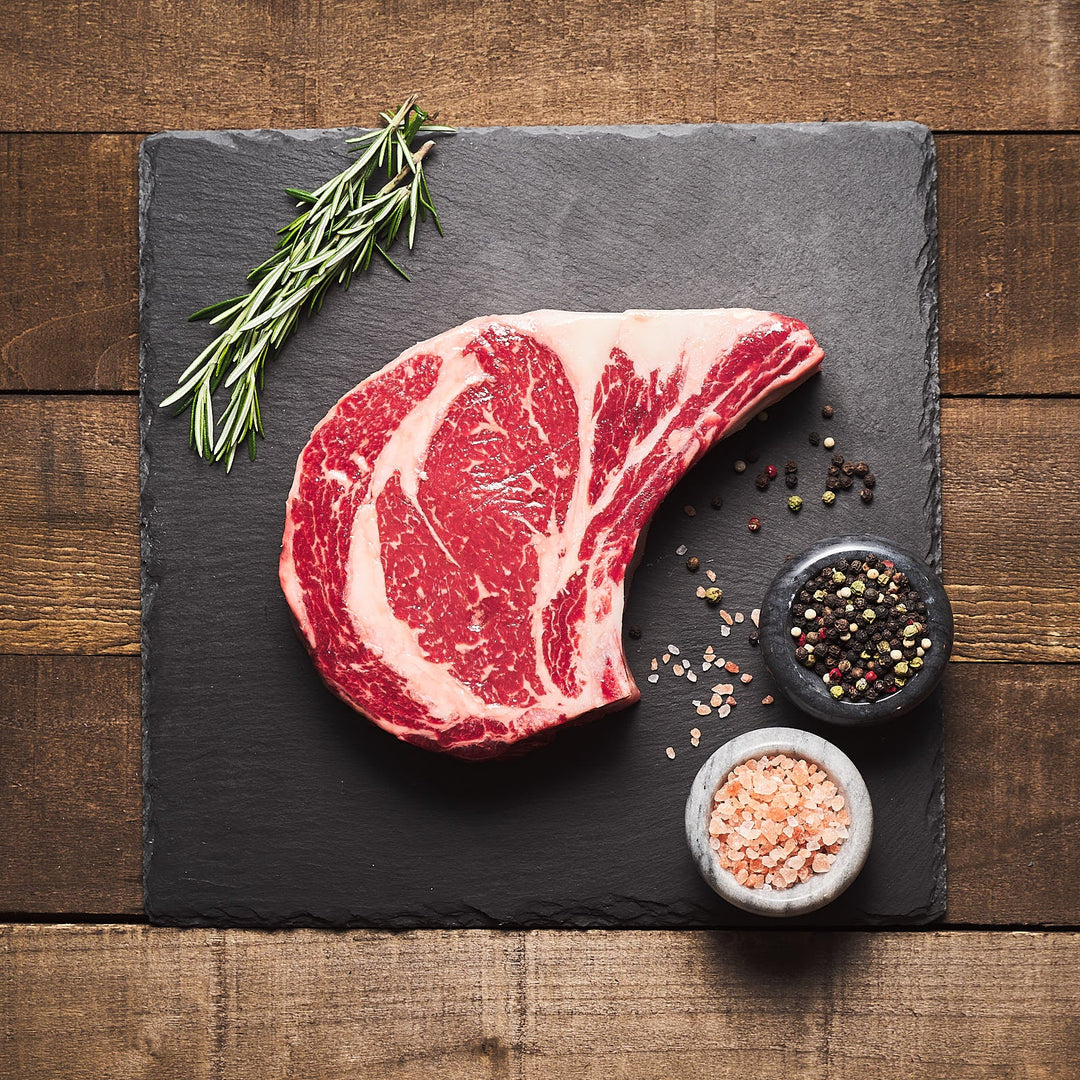
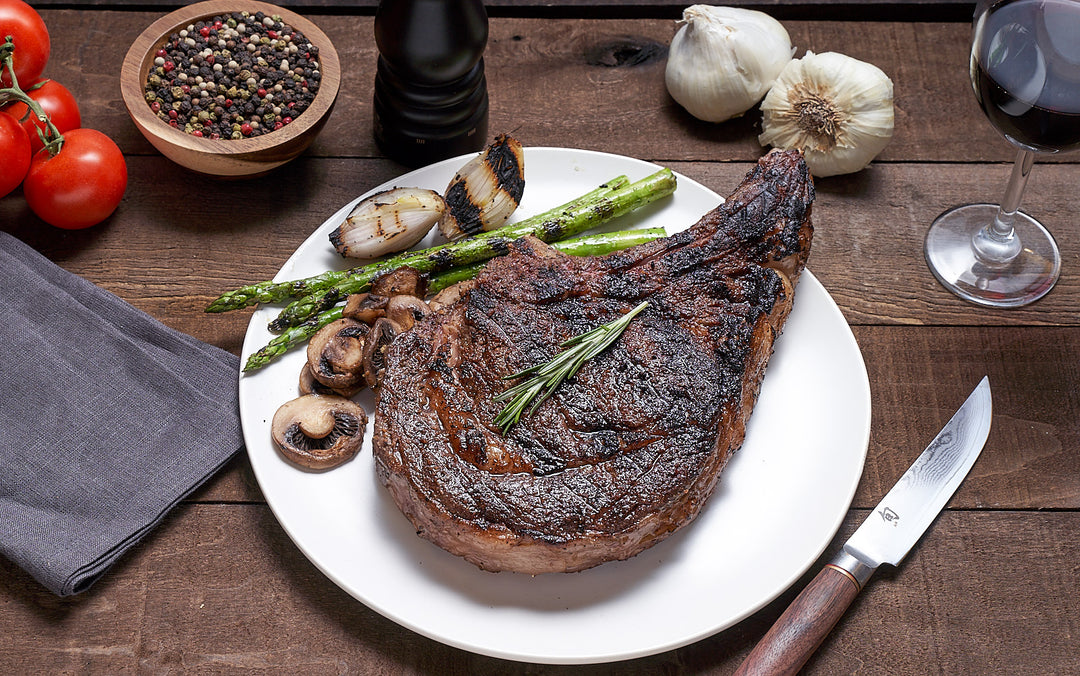
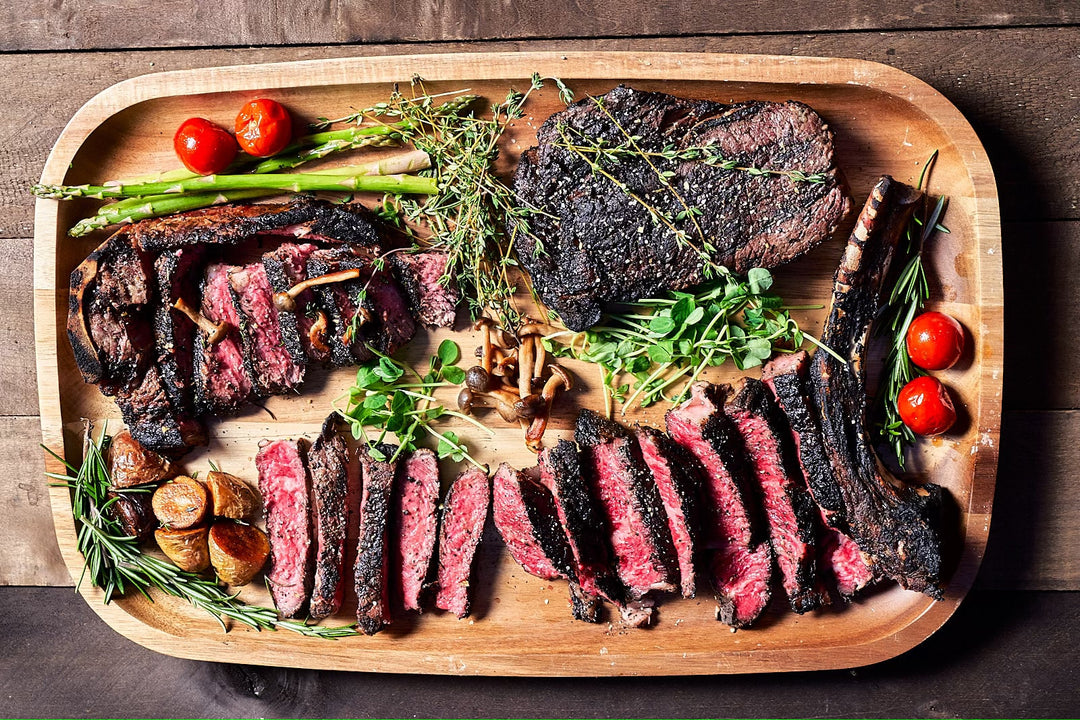
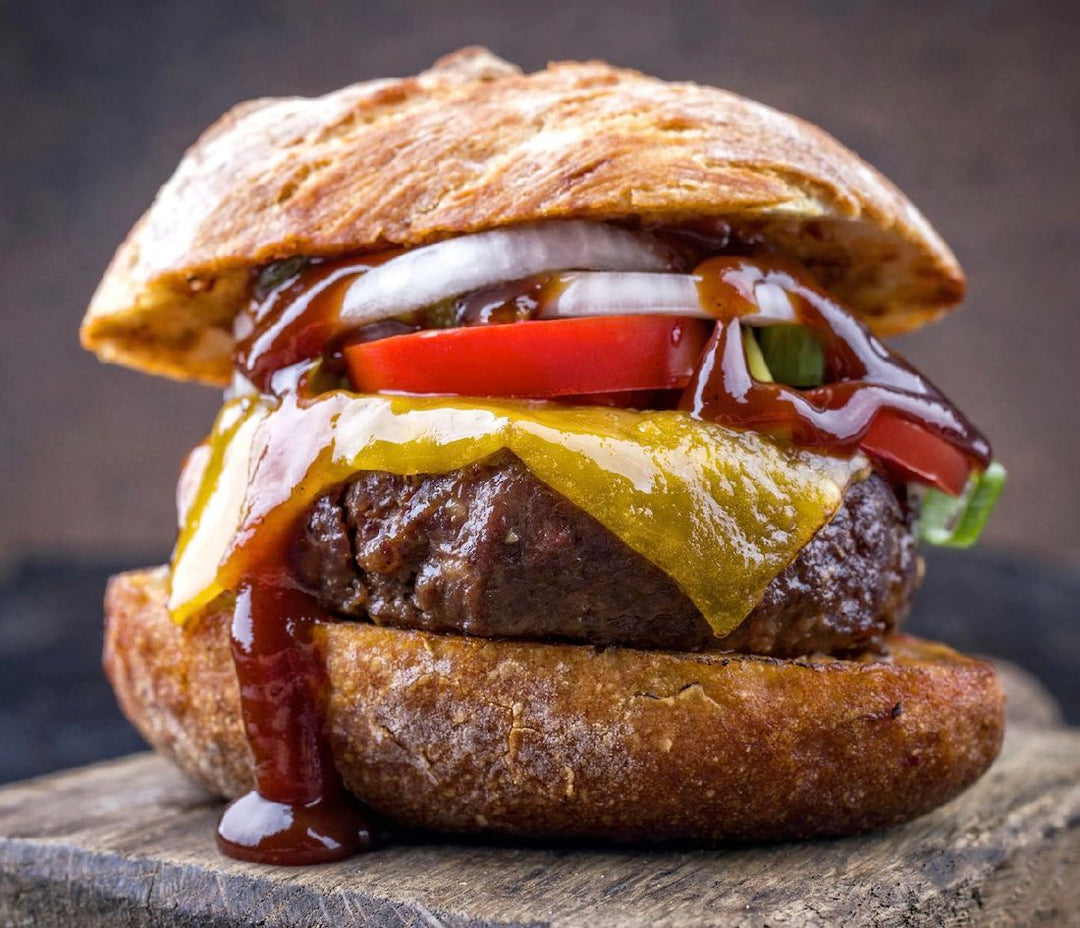
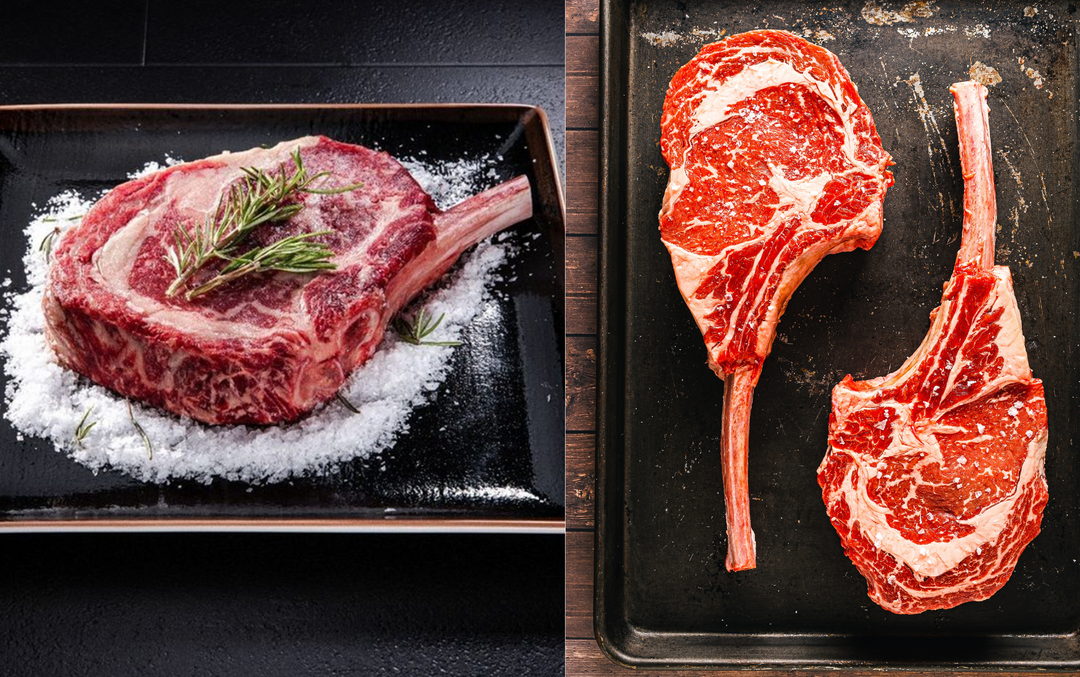
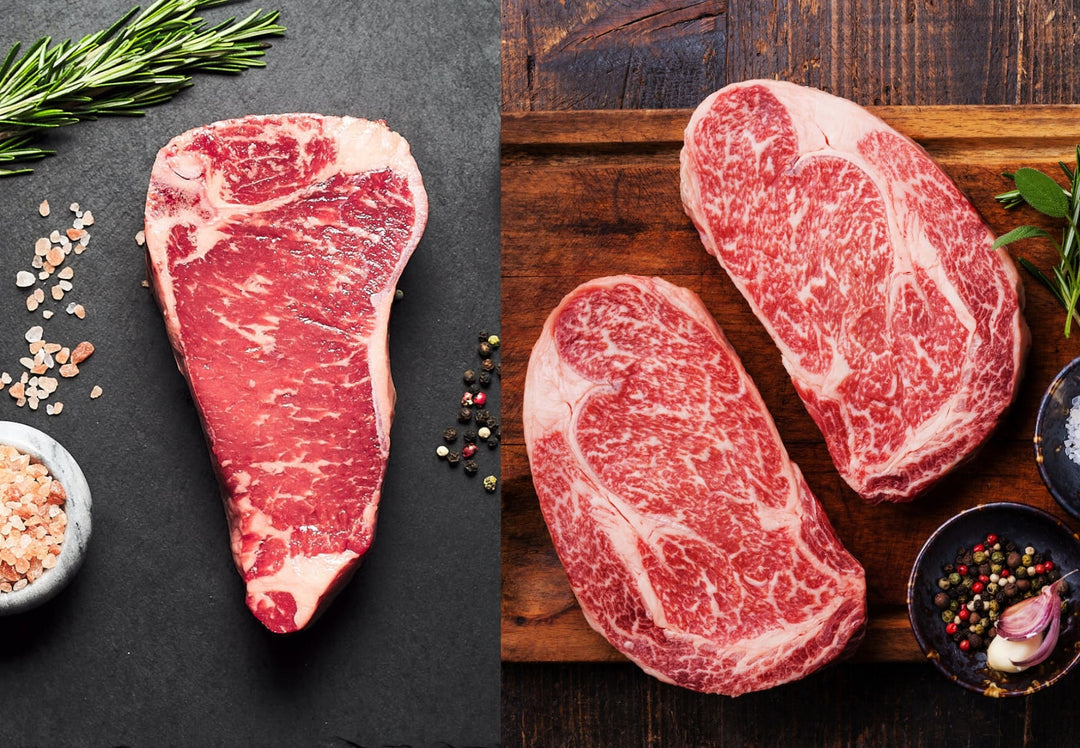
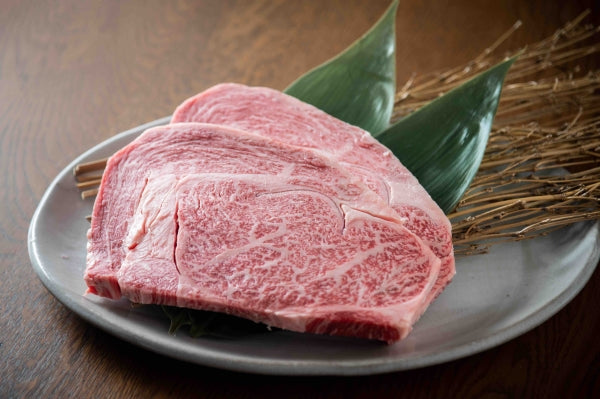
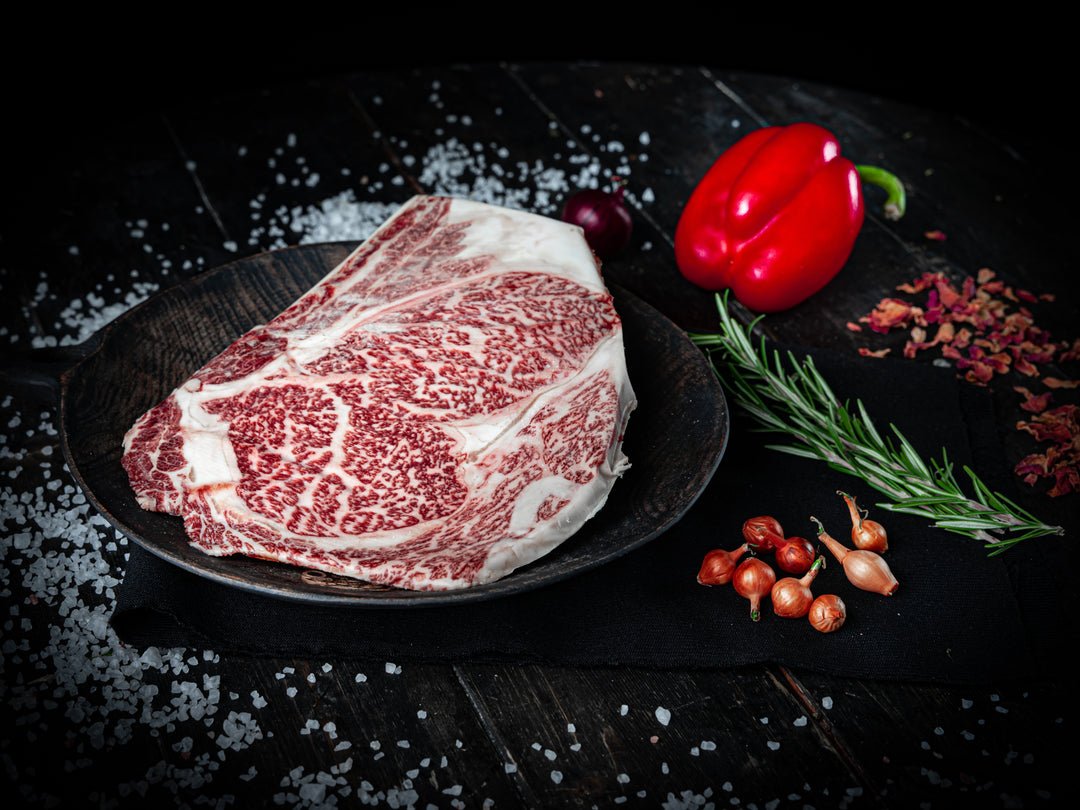
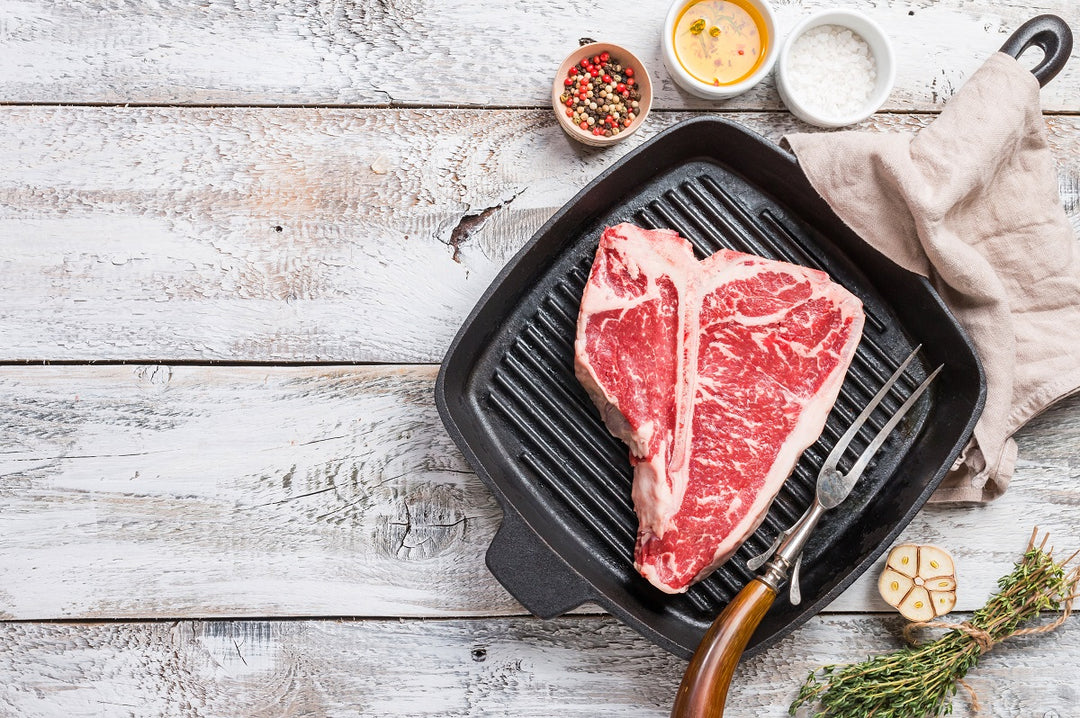
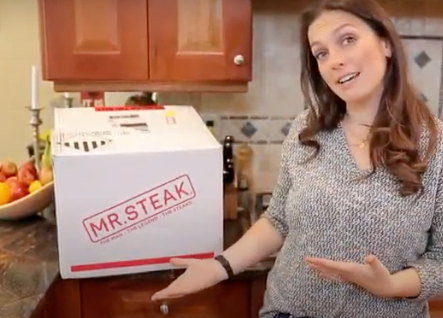


Leave a comment